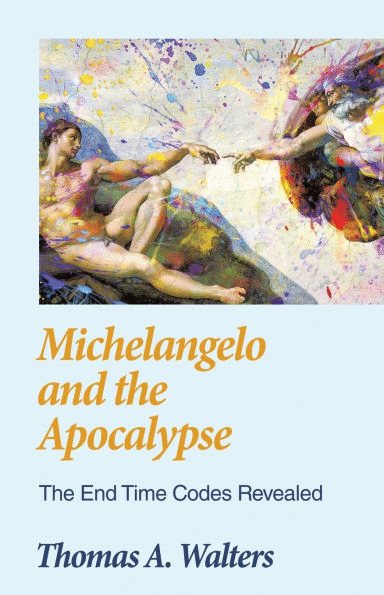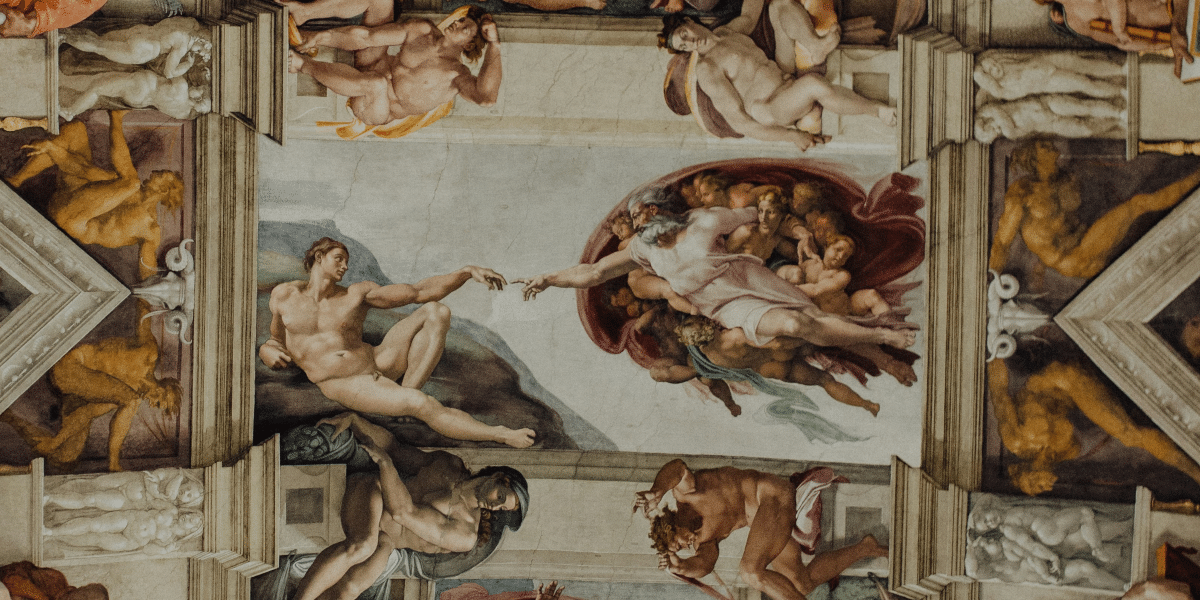By: Nic Abelian
Thomas A. Walters, an esteemed professor of Art History and Studio Art, art historian, and educator, has published his latest book, Michelangelo and the Apocalypse: The End Time Codes Revealed. With a robust academic background that includes bachelor’s and master’s degrees in Art Education and extensive studies toward a Ph.D. in Comparative Arts, Walters brings a wealth of knowledge and a unique perspective to this work. His book aims to captivate scholars and general readers alike, offering a fresh, interdisciplinary look at the intersections between the art of Michelangelo and the prophetic language of the Book of Revelation.
In Michelangelo and the Apocalypse, Walters embarks on a deep, symbolic analysis of the Sistine Chapel ceiling frescoes, exploring striking structural and thematic parallels with the apocalyptic themes of the Book of Revelation. By examining these connections, Walters introduces readers to a previously underexplored interpretive lens, challenging the boundaries between art, history, and spirituality in a manner that resonates with contemporary discussions on Renaissance art and biblical prophecy.
An Interdisciplinary and Multidisciplinary Approach to Michelangelo and Revelation
Walters’ approach in Michelangelo and the Apocalypse is interdisciplinary and multidisciplinary, merging art history, theology, and literary analysis. The book explores the Sistine Chapel frescoes as masterpieces of Renaissance art and potential visual counterparts to the eschatological themes of the Book of Revelation. Walters delves into the frescoes’ structure, studying how Michelangelo reflects themes found in Revelation, such as judgment, salvation, and the cosmic struggle between good and evil.
This cross-disciplinary method allows Walters to navigate and connect the complex symbolism in both Michelangelo’s work and biblical scripture, making his book appealing to Renaissance scholars, art historians, students, and any reader drawn to religious art and prophecy.
A Deeper Look into Michelangelo’s Creative Process and Spirituality
With Michelangelo and the Apocalypse, Walters offers insights into Michelangelo Buonarroti’s artistic masterpiece and his place within Renaissance society. This exploration of Michelangelo’s life and works goes beyond the technical aspects of the Sistine Chapel frescoes to examine how Michelangelo’s beliefs and the sociopolitical and religious context of the time influenced his art.
By comparing the structural elements of the Sistine Chapel frescoes to Revelation, Walters suggests that Michelangelo’s works may contain embedded “codes” that parallel apocalyptic themes, presenting a spiritual dialogue that transcends historical and artistic boundaries. This innovative interpretation positions Michelangelo as not only a master artist but also a spiritual visionary whose art could communicate theological ideas through visual symbolism.
Timely Reflections on End-Time Themes in Renaissance Art
At a time when interest in Renaissance art and end-time prophecies continues to grow, Michelangelo and the Apocalypse provide readers with a timely perspective on these subjects. Walters examines the relevance of these themes for today’s audiences, making this work particularly significant as it connects Renaissance art with the ongoing fascination with eschatology. Walters invites readers to question and reconsider the role of art in expressing profound spiritual and philosophical concepts.
Through an accessible yet thoroughly researched narrative, Walters bridges the academic and the experiential, offering a platform for readers to explore their understanding of art and spirituality in new and meaningful ways. The book is designed to engage both seasoned scholars and those new to Renaissance studies, presenting complex ideas in a way that is approachable without sacrificing scholarly depth.

About the Author
Thomas A. Walters is a distinguished art history professor and ordained minister with extensive experience in teaching and research across North America. Walters’ academic credentials include both bachelor’s and master’s degrees in art education, as well as doctoral studies in interdisciplinary comparative arts. He has taught at prominent institutions such as Montemorelos University in Mexico, Indiana University of South Bend, Ohio University, and the International Academy of Design and Technology in Orlando. Walters is the author of two previously published works, The Arts: A Comparative Approach to Painting, Sculpture, Architecture, Music, and Drama and Dynamic Biblical Counseling.
In addition to his academic achievements, Walters is an accomplished artist. Exhibitions of his work—including wood sculptures, paintings, drawings, and ceramics—have been featured in the United States, Mexico, and Canada. Through his teaching and published works, Walters inspires students, scholars, and general audiences with his interdisciplinary approach to the arts and humanities.
Published By: Aize Perez


















